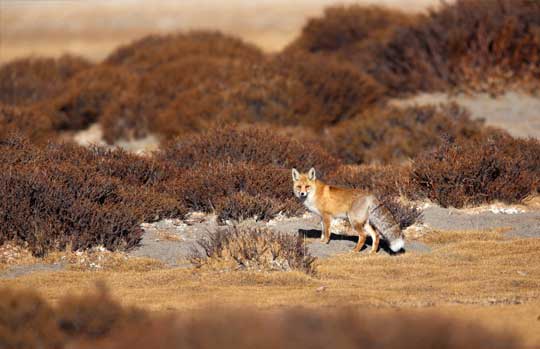When To Visit
December to April is probably one of the best times to visit for anyone with interest in tracking Snow Leopard. A visit to this park is meant for those who are purely interested in tracking and viewing the elusive snow leopard. This trek can be undertaken throughout the year, though the best time is between December to March when the Blue sheep come down the valley. It is also a time of rut one of the major prey of snow leopard – the blue sheep or bharal. These large wild sheep aggregate on the lower slopes in large numbers. The rut takes place among the most rugged terrain and it allows us to watch them at relatively close range without having to climb the steep mountain slopes. Since these ungulates are favourite snow leopard prey and higher slopes are under snow cover, snow leopard follows its major prey to these slopes.




